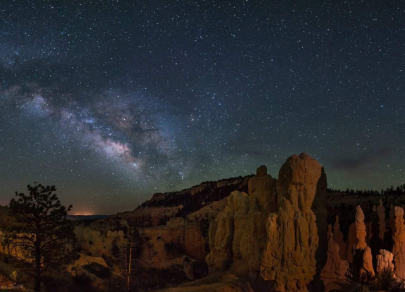
Top 5 locations for stargazing
Astrotourism is becoming more popular every year. People are willing to travel thousands of kilometers to admire the stars. But which places on Earth are considered the best for this? Let's find out now!




Braving intense radiation and a field of space rocks, the probe inched into the orbit of the largest planet in the solar system at 03.18 GMT. The manoeuvre was extremely complex, with the craft first having to slow down and then turn off its engines to enter Jupiter's orbit at exactly the right moment.

Everything corresponded to the calculations - the Juno solar batteries turned to the Sun an hour after entering orbit.

“We are in orbit and now the fun begins, the science,” said Bolton at the briefing. “We just did the hardest thing NASA's ever done! That's my claim. I am so happy … and proud of this team. The deep interior of Jupiter is nearly unknown. That's what we are trying to learn about. The origin of us.”

The previous record for a close approach to Jupiter was set by the American space agency Nasa's Pioneer 11 spacecraft which passed by the planet at a distance of 27,000 miles (43,000 km) in 1974.

The Juno spacecraft comes equipped with a scientific suite of 8 instruments that will allow it to study Jupiter's atmosphere, magnetic and gravitational field, weather patterns, its internal structure, and its formational history.

Scientists have promised close-up views of Jupiter when Juno skims the cloud tops during the 20-month, $1.1 billion (£828m) mission, with a public vote on areas to focus on. At the moment, the inhabitants of the Earth have to wait for news and new interesting facts about the distant and mysterious Jupiter.

Astrotourism is becoming more popular every year. People are willing to travel thousands of kilometers to admire the stars. But which places on Earth are considered the best for this? Let's find out now!